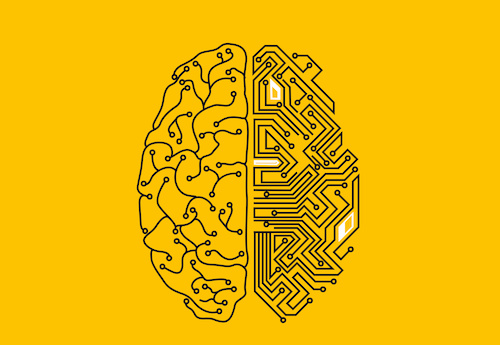Key points:
- AI has tremendous potential in education–here’s how to harness its power
- 4 lessons learned about AI in 2023
- Everything you need to know about AI in education
- For more news on AI in education, visit eSN’s Digital Learning page
It seems as if we hear about AI in education every day, if not every hour. AI’s rise in popularity has brought with it questions about ethics, skills students will need for workplace success, and how to balance negatives with positives when it comes to teaching with this new generative tool.
Here are five insights around AI in education:
What is the best AI tool for teachers?
When it comes to AI tools for education, there are a number to choose from. ChatGPT is likely the first to come to mind, but AI is woven into so many tools and helps automate tedious tasks, connects student progress with personalized recommendations, and improved PD feedback. Tools include Canva Magic Write for creative writing, Eduaide.ai for instructional materials, and Google Bard and Microsoft’s Bing Chat.
How is AI beneficial in education?
AI is here to stay, and will be an important workforce skill–and many educators want to teach students to work with it, not against it. This makes the future of AI in education intriguing, to say the least. Just as the internet revolutionized learning, AI will be the next game-changer. While the fears of using AI to cheat aren’t unfounded, how many educators have actually tried writing an essay using just AI? Using AI still requires work, and in fact, it often leads to a deeper understanding of the subject matter because you are the one who has to teach AI what to do and say. Just like the internet, AI isn’t going anywhere–so let’s teach our kids to work with AI, not against it. Here are 5 positive ways students can use AI.
What are the negative effects of AI in education?
When it comes to the disadvantages of AI in education, educators are increasingly concerned about the influence AI writing tools could have on education and students. The discussion around the influence of AI writing on instruction has never been so active – all thanks to the launch of ChatGPT last year. The tool is so advanced compared to other writing tools of its kind that a lot of people instantly started using it for all kinds of ethically ambiguous purposes. Educators are concerned about the influence AI will have and how its negative effects could be detrimental to learning. Here’s how to counteract the disruptive influence of AI writing on learning.
What is the role of AI in education?
There’s a lurking concern that AI is just going to help students find mindless shortcuts for cheating their way to good grades. But that’s only a risk if schools and teachers hold a low bar for what they expect of their students. If schools and teachers want to elevate expectations for their students, the role of AI in education can be powerful for rapid feedback and iterative prototyping. Here’s how AI can make for a sink-or-swim moment in classrooms.
How can AI be used in teaching?
Last spring, a high school English teacher challenged her students: “Artificial intelligence can do any of your class assignments,” she told them flatly. “Now prove me wrong.” She wanted to provoke them, to get them to ask questions, and to start using these tools—not to cheat—but to flip their learning on its head. She knew her she and her students needed to learn together. And since that day, they didn’t just shift the paradigms—they sent them into somersaults. Here’s what AI for teachers can look like in the classroom.
- Friday 5: Virtual field trips - April 26, 2024
- Google, MIT RAISE launch no-cost AI training course for teachers - April 26, 2024
- 4 ways to support work-based learning - April 23, 2024

